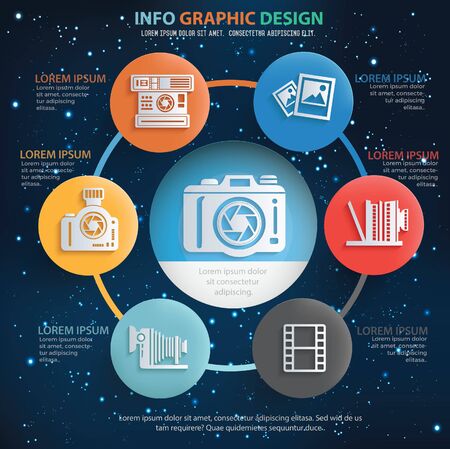Digital Photography Tips For Beginners: Understanding Your Cam Quickly
Digital Photography Tips For Beginners: Understanding Your Cam Quickly
Blog Article
Post Developed By-Whitley Dalton
When you initially grab your electronic camera, it can really feel frustrating with all the setups and choices readily available. You could find yourself wondering just how to browse aperture, shutter speed, and ISO properly. Grasping these basics is important, however there's more to digital photography than simply technical knowledge. Comprehending make-up techniques and lighting problems can elevate your photos drastically. So, suppose you could discover simple methods to improve your skills and start capturing remarkable pictures quicker than you assume? Let's discover how to transform your digital photography journey.
Recognizing Cam Setups
Understanding your camera setups is vital for catching sensational pictures. When you get your video camera, familiarize on your own with the 3 primary settings: aperture, shutter rate, and ISO. Each plays a crucial role in exactly how your photos turn out.
Start with aperture, which controls the amount of light going into the lens. A bigger aperture (reduced f-number) allows extra light and produces an attractive background blur, ideal for portraits. On the other hand, a narrower aperture (higher f-number) maintains even more of the scene in focus, ideal for landscapes.
Next off, concentrate on https://telegra.ph/Transform-Your-Picture-Photography-With-Easy-Methods-That-Improve-Illumination-And-Composition-Yet-What-Various-Other-Tricks-Cou-01-07 . This setup figures out how much time your electronic camera's sensing unit is subjected to light. A rapid shutter rate ices up motion, which is fantastic for activity shots, while a slow-moving shutter speed can develop spectacular results like smooth water in landscapes.
look at here now but not least, adjust your ISO. This setting influences your camera's level of sensitivity to light. A higher ISO serves in low-light circumstances yet can present noise or grain. Aim for the most affordable ISO possible while still achieving correct exposure.
Make-up Methods
When you're out shooting, make-up can make all the distinction in how your pictures reverberate with viewers. Start by using the rule of thirds; visualize your framework separated into 9 equal areas with two horizontal and two vertical lines. Setting key elements along these lines or at their crossways to create balance and passion.
Next off, think about leading lines. These natural lines in your scene, like roads or rivers, draw the visitor's eye into the picture, guiding them through the tale you're informing.
Do not forget about framing; usage aspects within your scene, like trees or windows, to create a structure around your topic, including depth and focus.
Also, keep an eye on your background. A messy background can distract from your primary subject, while a straightforward one aids it stand out.
Lastly, experiment with symmetry and patterns; they can develop a striking picture that records attention.
Mastering Lights Conditions
Mastering lights conditions is vital for recording spectacular photographs, as the right light can change a common scene into something phenomenal.
Begin by observing all-natural light at various times of the day. Early mornings and late afternoons offer the best light, known as the golden hour. The soft, warm tones during these times can enhance your pictures perfectly.
Don't avoid overcast days either; diffused light can lessen extreme shadows and produce a pleasing effect, specifically for pictures.
Try out backlighting by positioning your subject versus the source of light. This strategy can create a dreamy halo impact and add depth to your images.
Pay attention to your video camera setups too. Readjust the ISO, aperture, and shutter speed to match the lighting conditions. A greater ISO can help in low light, however be cautious of grain.
Utilize a tripod in darker atmospheres to avoid blur.
Finally, don't fail to remember fabricated illumination. Flash and continual lights can be great devices for controlling light in tough problems.
Final thought
To conclude, understanding your electronic camera doesn't need to be frustrating. By understanding your settings, applying structure strategies, and taking advantage of the power of natural light, you'll promptly elevate your digital photography skills. Bear in mind, practice makes ideal, so go out there and trying out your newly found knowledge. With time and dedication, you'll be catching stunning images that show your distinct perspective. Appreciate the trip, and don't fail to remember to enjoy while you're at it!
